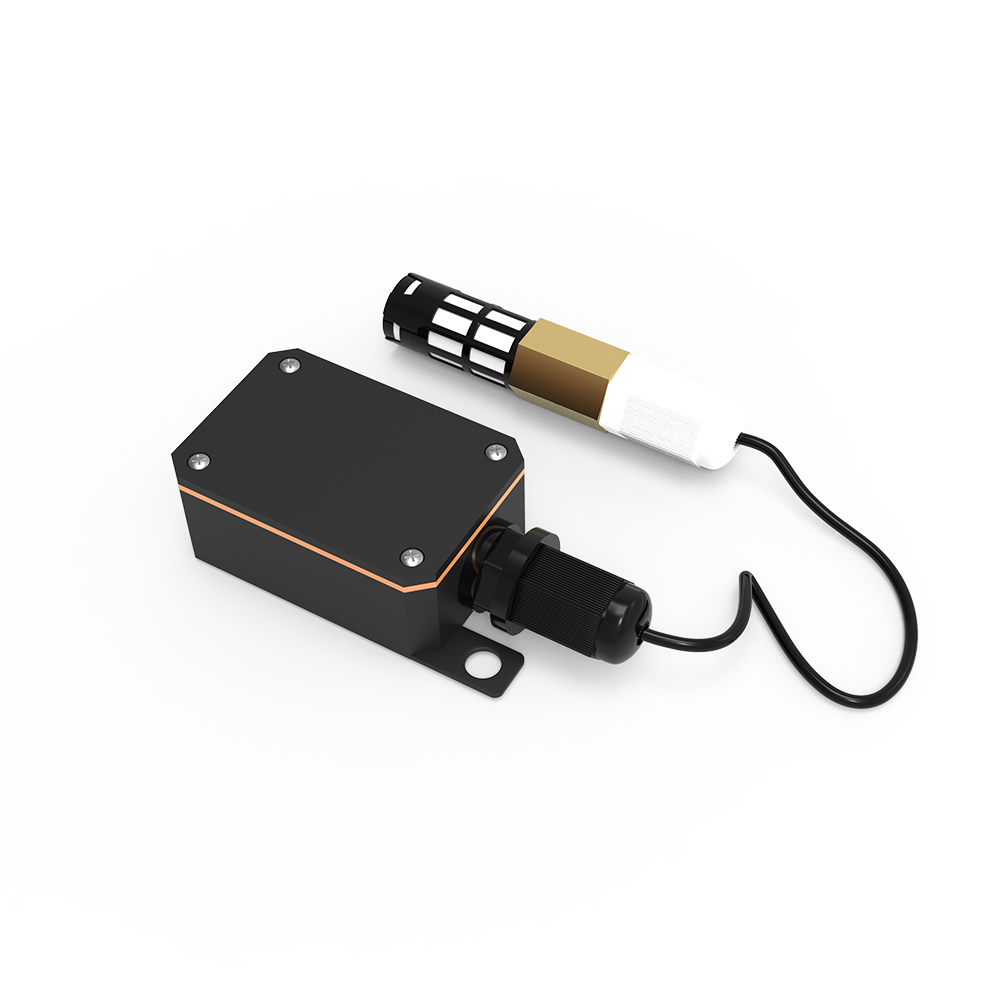Wholesale Temperature and Humidity Sensor: A Simple Guide to Buying and Using Them
February 25,2025
In today’s world, keeping the right temperature and humidity is very important in many industries. Whether you work in agriculture, manufacturing, or home automation, accurate sensors are a must. A wholesale temperature and humidity sensor is a great option for buying these devices in bulk, offering good quality at lower prices. In this guide, we will explain what a wholesale temperature and humidity sensor is, why you need it, and how to choose the right one for your business or personal use.
What Is a Temperature and Humidity Sensor?
First, it’s important to know what a temperature and humidity sensor does. These sensors measure the temperature and humidity in the air. They are used in many industries like agriculture, pharmaceuticals, and HVAC systems. Buying a wholesale temperature and humidity sensor helps you get them in large quantities at a better price.
Types of Temperature and Humidity Sensors
When you want to buy a wholesale temperature and humidity sensor, you’ll find a few types:
- Digital sensors: These are accurate and often used in industrial settings.
- Analog sensors: These sensors are cheaper and work well for simple needs.
- Wired vs. wireless: You can choose between wired sensors or wireless ones, depending on your needs.
Each type of sensor has its purpose, and knowing your needs will help you pick the right sensor.
Why Buy a Wholesale Temperature and Humidity Sensor?
Lower Cost
Buying in bulk is cheaper per unit. If you need a lot of sensors for your business, the sensor is a cost-effective choice.
Dependable Performance
Wholesale suppliers usually offer high-quality sensors, so you can rely on them to give you accurate results. Reliability is key when you are monitoring important conditions with a sensor.
Easy to Get
When you buy in bulk, you don’t have to worry about running out of stock. This makes it easier to get the sensor you need whenever you need it.
What to Think About When Buying a Wholesale Temperature and Humidity Sensor
1. Accuracy
The sensor should give you accurate readings. Whether you need it for a greenhouse or a warehouse, accuracy is important. Check the sensor’s accuracy rating before buying a sensor.
2. Durability and Quality
You want a sensor that lasts. Choose sensors made from strong materials so they don’t break easily. A high-quality sensor will work better and last longer.
3. Range and Sensitivity
Make sure the sensor works within the temperature and humidity range you need. For example, if you need to measure very high or low temperatures, choose a sensor that can handle those conditions.
4. Power Usage
If the sensor will run all the time, choose one that uses little power. Low power use helps cut costs, especially if you need many sensors.
5. Connectivity
Some sensors can connect to Wi-Fi or Bluetooth. This makes it easy to monitor the data remotely. Choose one that fits with your system.
How to Find the Best Wholesale Temperature and Humidity Sensor Supplier
1. Do Your Research
Look for trusted suppliers that specialize in temperature and humidity sensors. Read reviews and check their website for details about their products. Ask for samples to make sure they meet your needs.
2. Look for Certifications
Make sure the supplier offers sensors that meet international standards. For example, look for CE, RoHS, or ISO certifications. This shows the sensor is high quality and safe to use.
3. Compare Prices
Different suppliers have different prices. Compare several suppliers to find the best deal. Don’t forget that quality should come first, even if the price is a little higher.
4. Customer Support
Choose a supplier that offers good customer support. This way, if there are any problems with your sensor, you can get help.
Common Uses for Temperature and Humidity Sensors
Temperature and humidity sensors are used in many industries. Here are a few examples:
1. Agriculture
In farming and greenhouses, it’s important to keep the right temperature and humidity. The sensor can help you monitor and control these conditions to grow healthy crops.
2. Food Storage
Keeping food at the right temperature and humidity is important for safety and quality. It can help ensure that food stays fresh.
3. Manufacturing
In factories, temperature and humidity affect the quality of products. It can help you keep things running smoothly by monitoring these factors.
4. Pharmaceuticals
For the pharmaceutical industry, maintaining the right conditions is crucial for storing medicines and vaccines. It ensures these products are stored safely.
5. HVAC Systems
For HVAC (heating, ventilation, and air conditioning) systems, sensors help keep the right temperature and humidity. Using the sensor can improve comfort and reduce energy costs.

How to Set Up a Wholesale Temperature and Humidity Sensor
1. Pick the Right Spot
Place the sensor in a location where it can accurately measure the temperature and humidity. Avoid placing it too close to heat sources or direct sunlight.
2. Mount the Sensor Properly
If you are using a wall-mounted sensor, make sure it is secure. For wireless sensors, make sure they are within range of your Wi-Fi or Bluetooth connection.
3. Test the Sensor
Before using the sensor fully, test it in different conditions to make sure it works well. Compare its readings with other devices to check its accuracy.